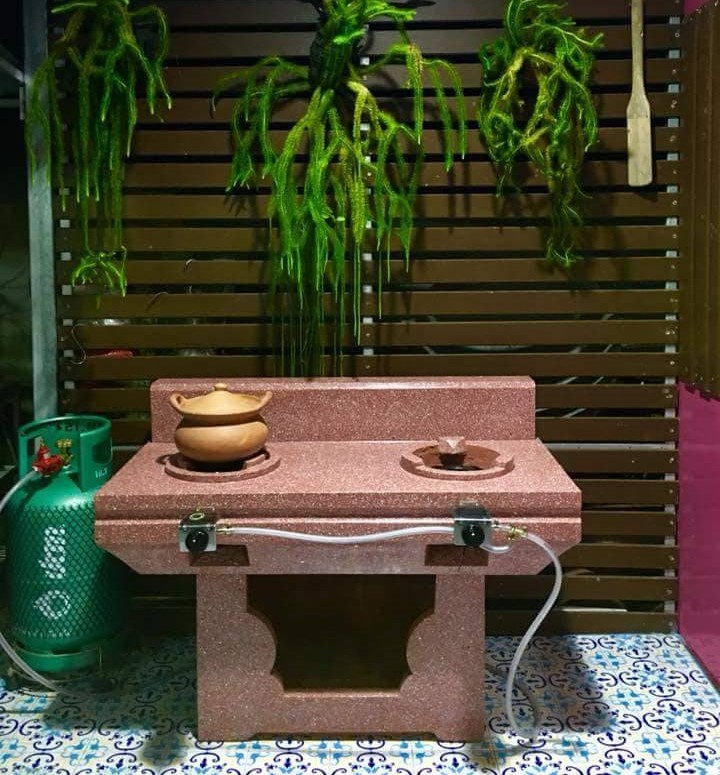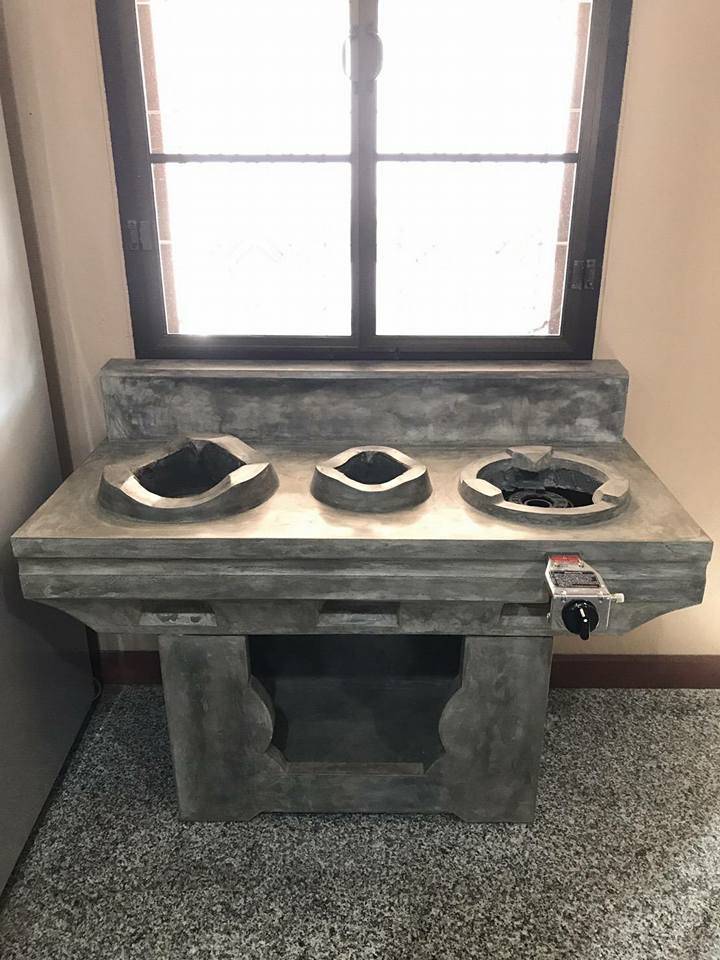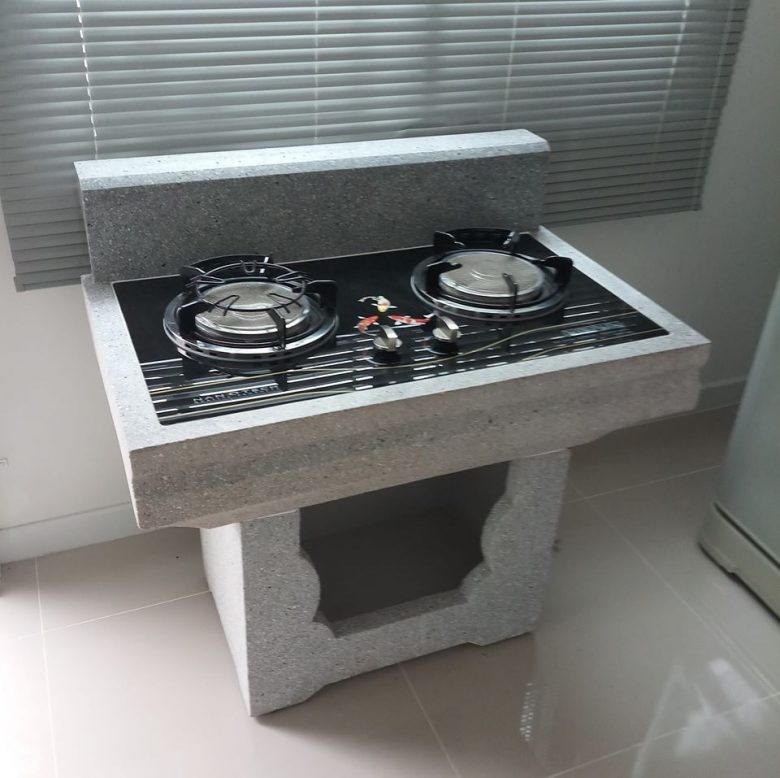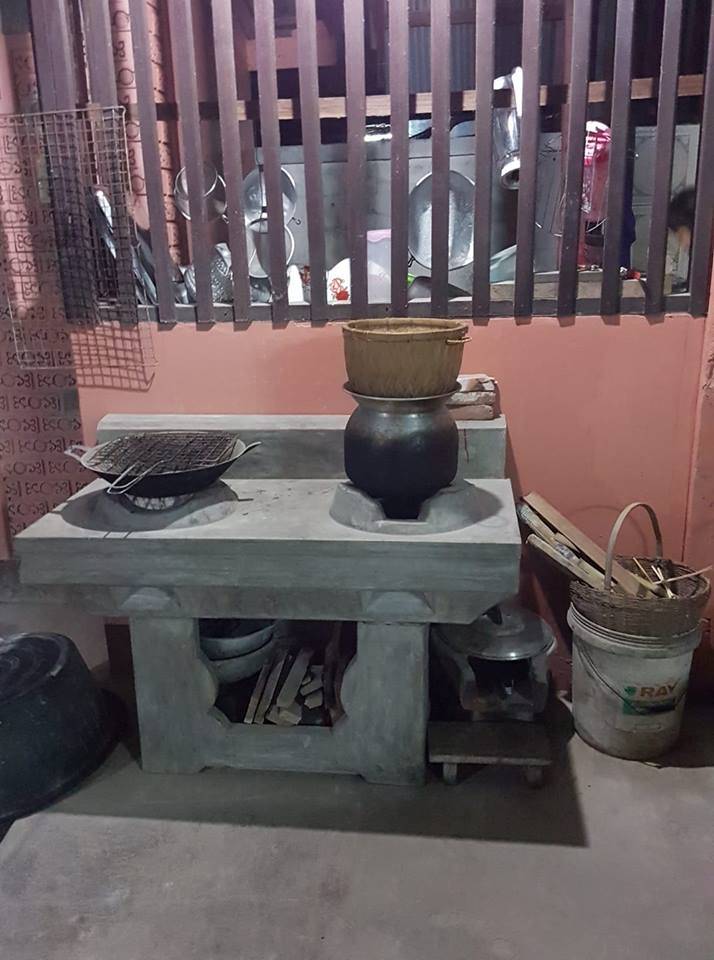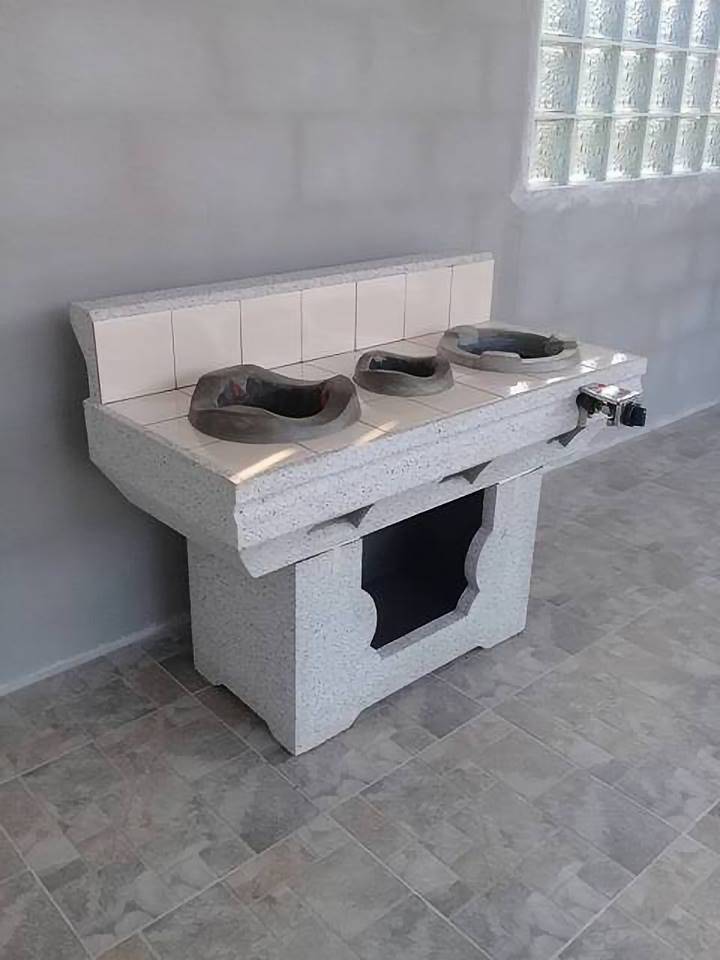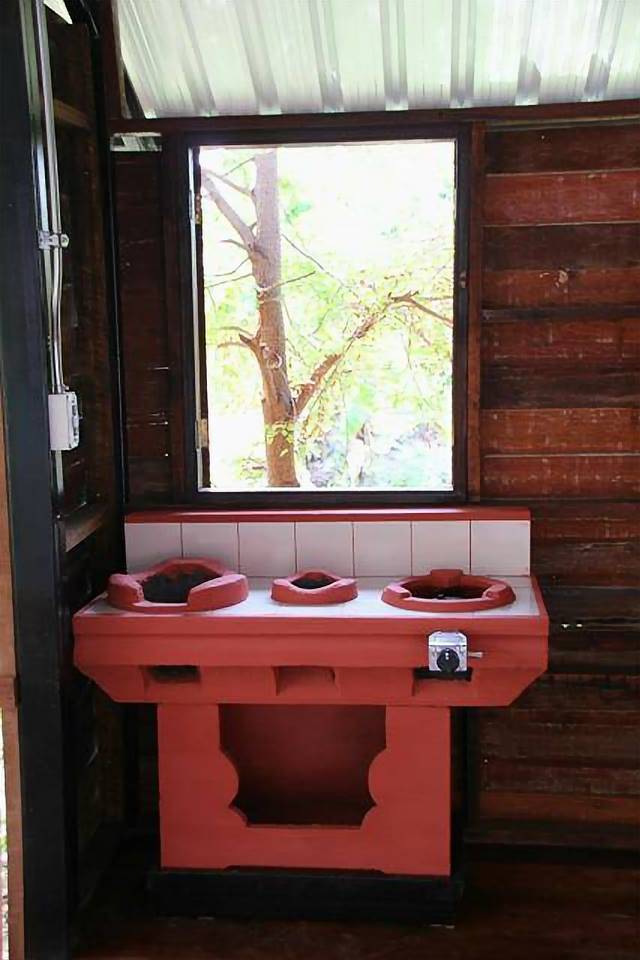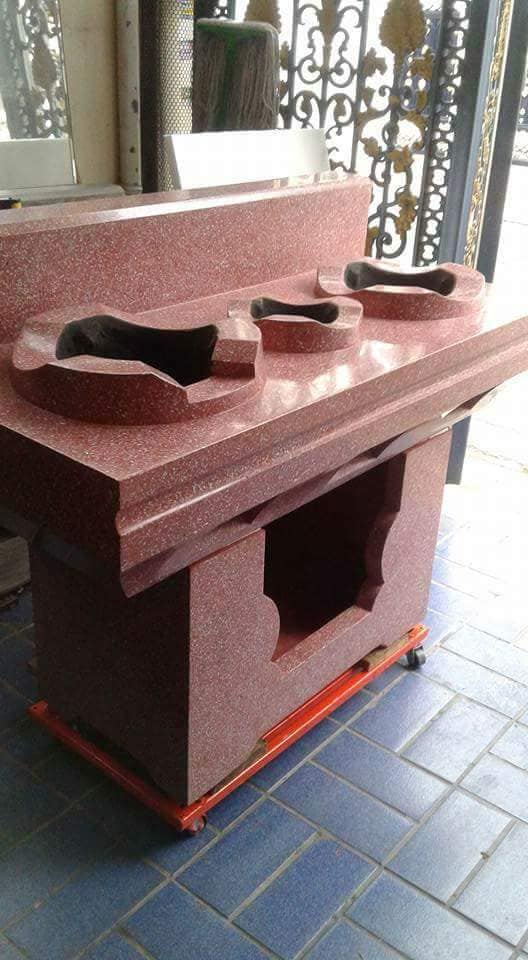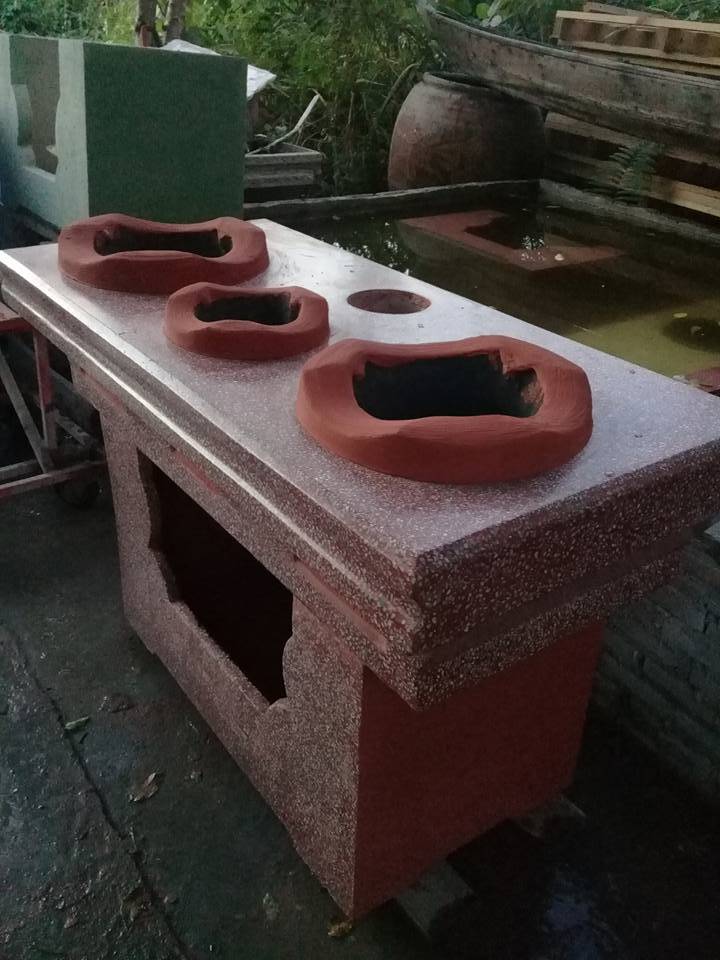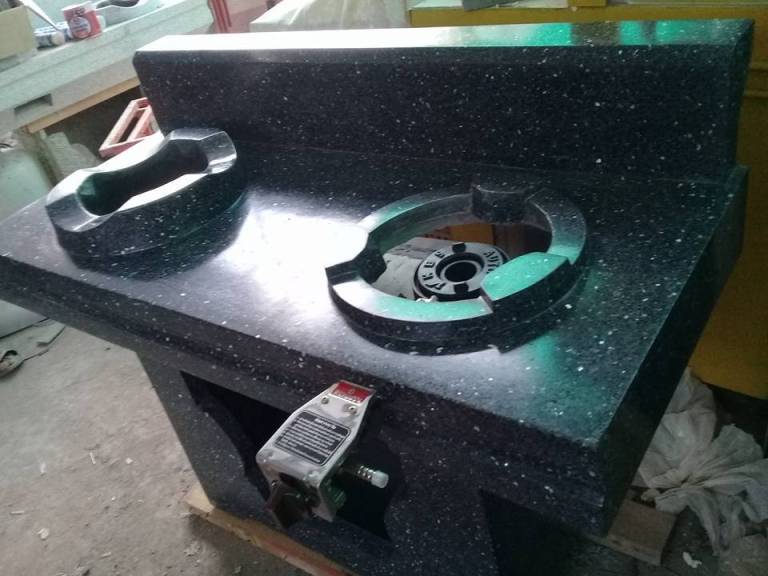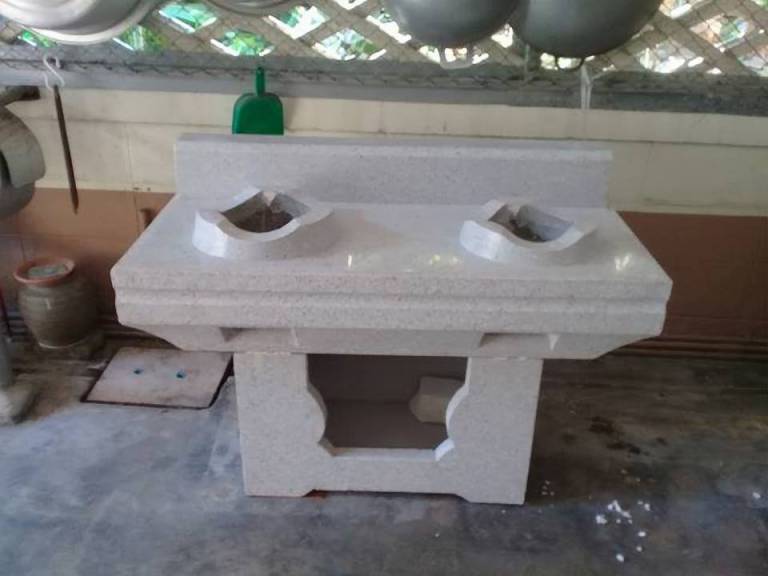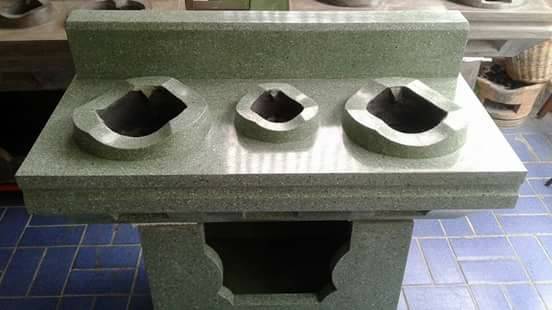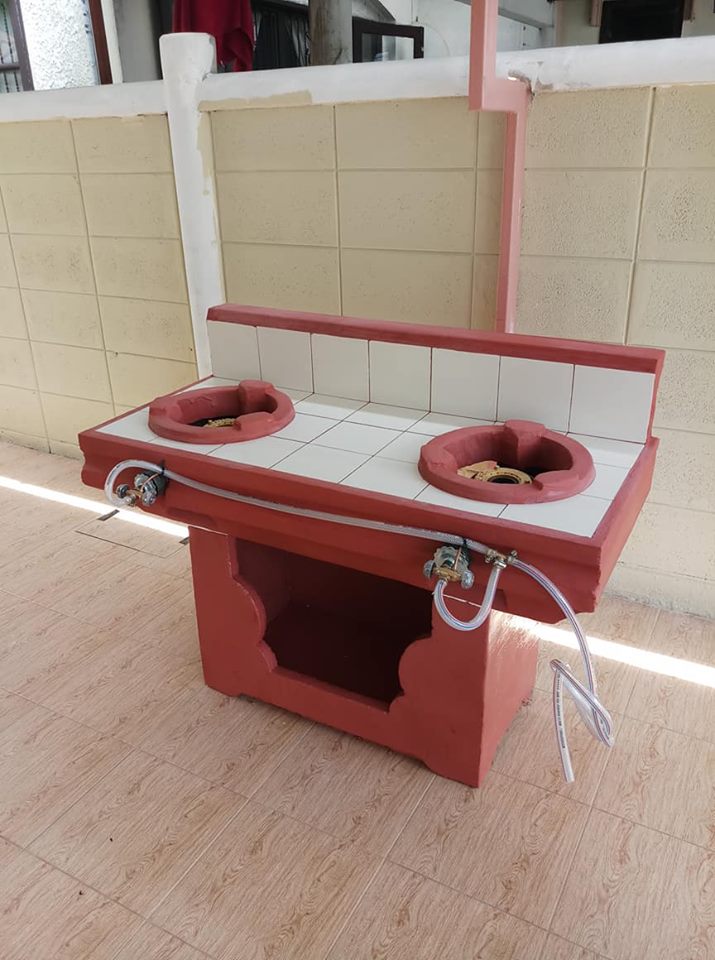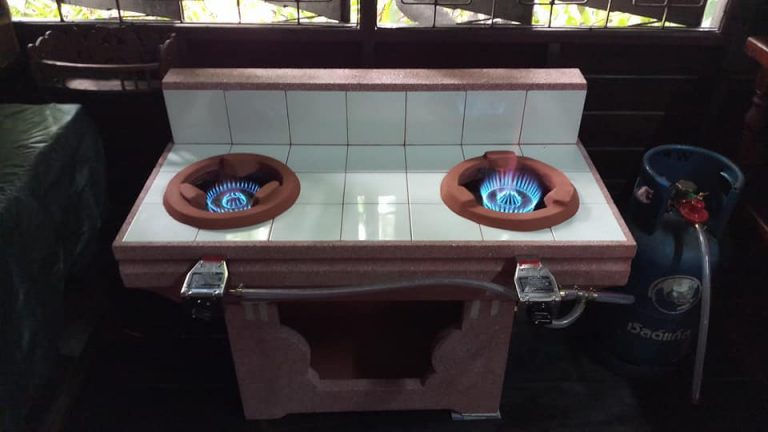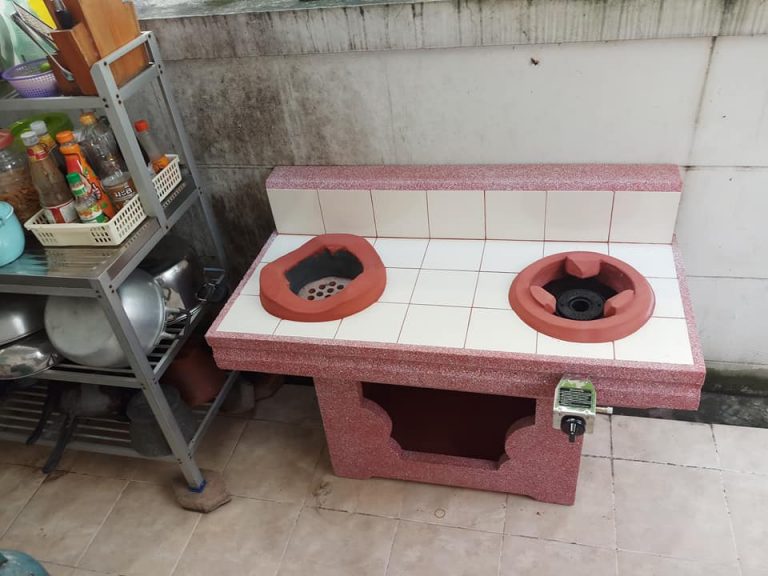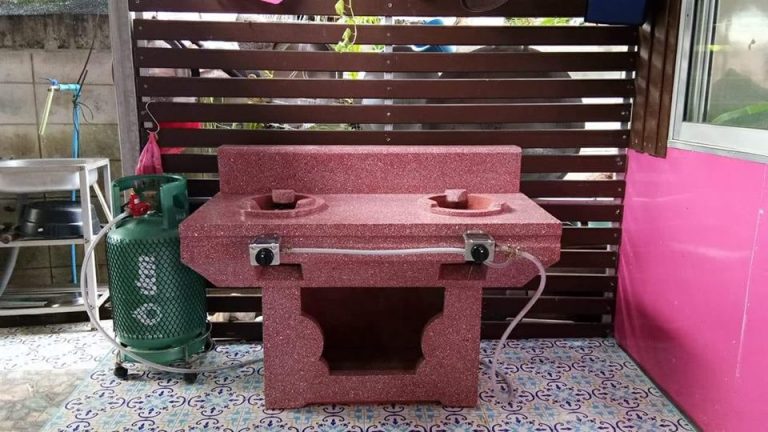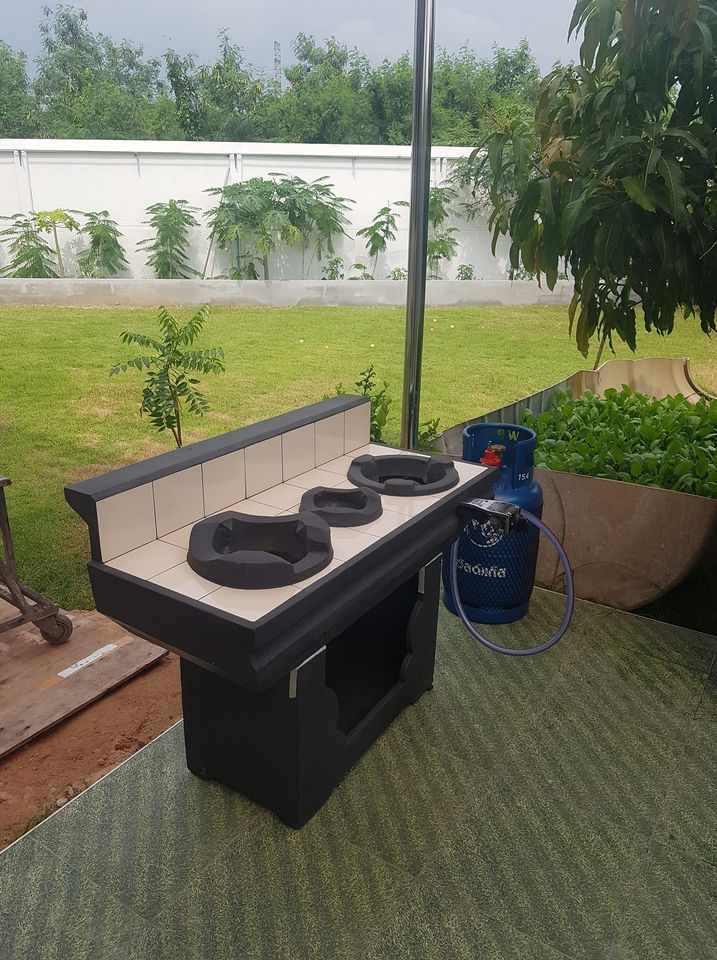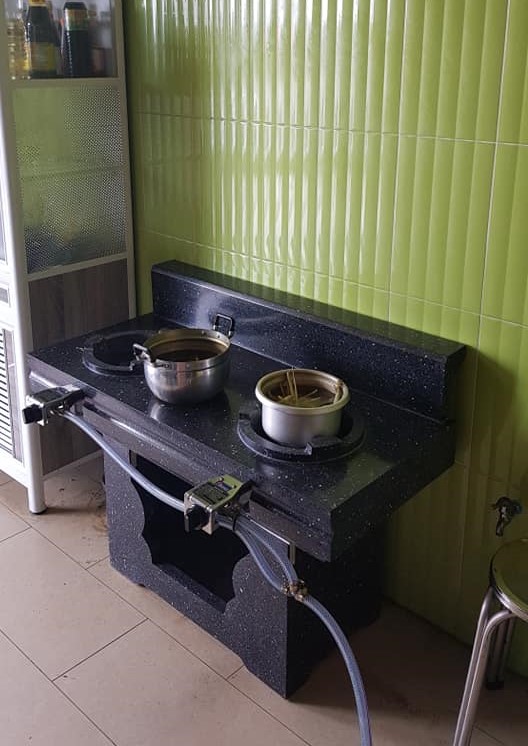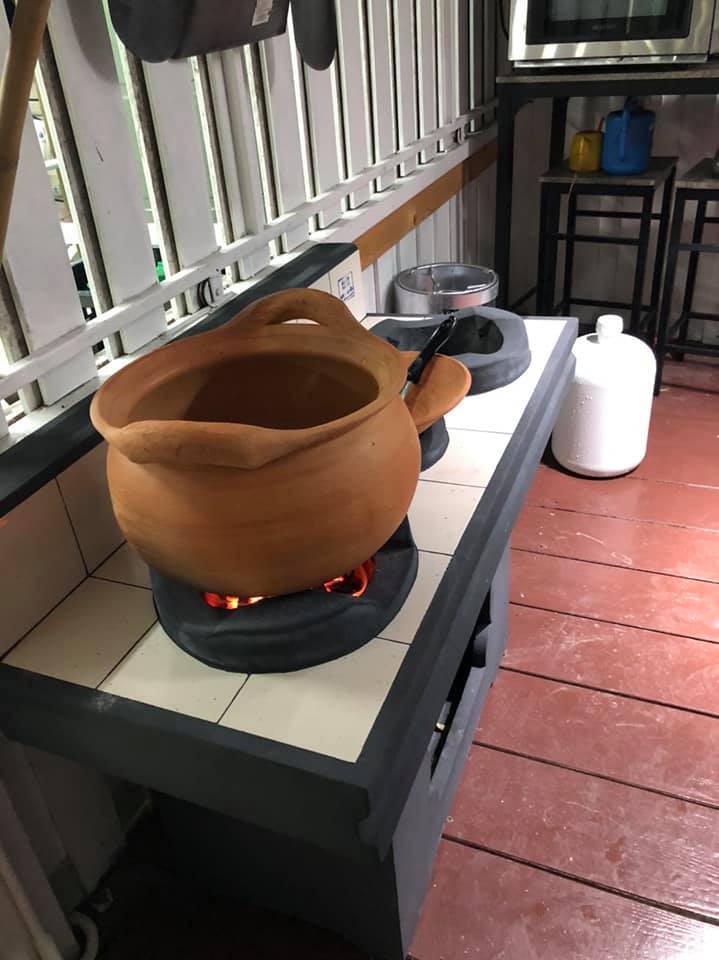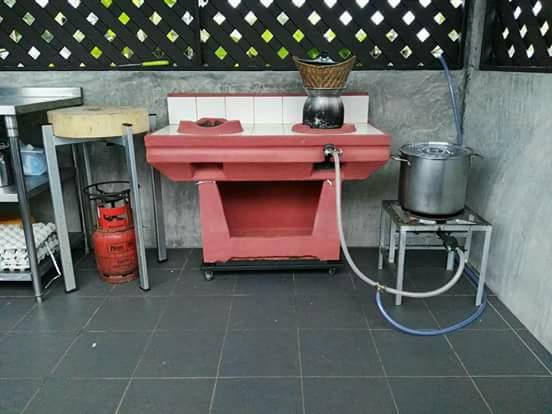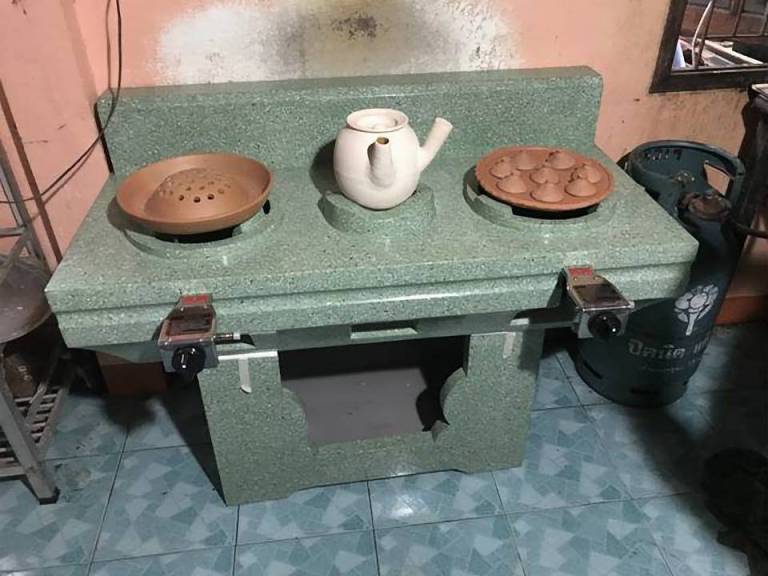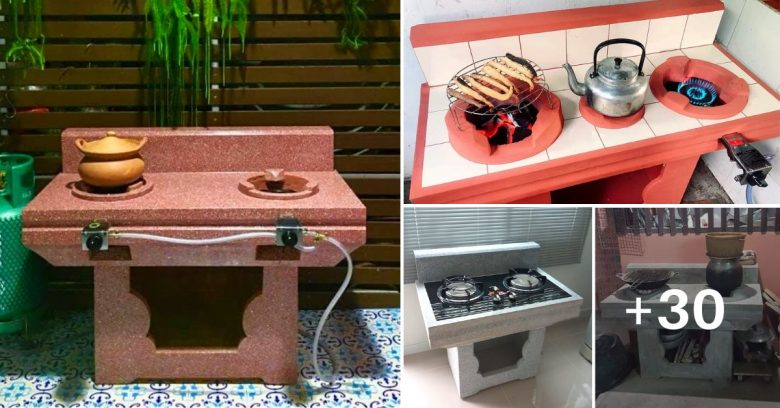
While you might often hear the phrase “That’s so retro!” referring to furniture, it’s tricky to distinguish what that means. The term “retro” is less specific than other furniture styles like “mid-century modern” or “art deco.” Retro tends to refer to something that is culturally outdated or aged in a style that has since come back in style.
Retro style often comes down to a personal choice. It can be attractive for its own sake, or inspire feelings of nostalgia. When designers, manufacturers, and customers speak about retro furniture, they are often referring to a style of furniture that pays homage to styles that were popular years ago.
Namely, retro furniture was popular in the decades of 1950s, 1960s, 1970s. Recently, the industry has added the 80s to the list. You may find newly made furniture that was produced to have a retro look.
For most collectors, retro furniture can be considered vintage, but not antique. A common classification for antique furniture is anything 100 years or older.
Vintage furniture is considered anything under 100 years old and refers to furniture made in the 20th century. Of course, these are just labels and do not have any official agreed-upon terms by collectors or buyers.
Authentic retro furniture can be found at some antique shops, through online sellers, or local garage sales. If you can find a garage sale at a very dated house or owners who have lived there for a long time, there’s a good chance you will come across some retro-style furniture.
The beauty of retro is that it’s all subjective. For many people, the kitsch factor of the furniture is the appeal, so it truly aligns with the saying “beauty is in the eye of the beholder.”
.
.
.
.
.
.
.
.
.
.
.
.
.
.
.
.
.
.
.
.
.
.
.
.
Credit: Pinterest

